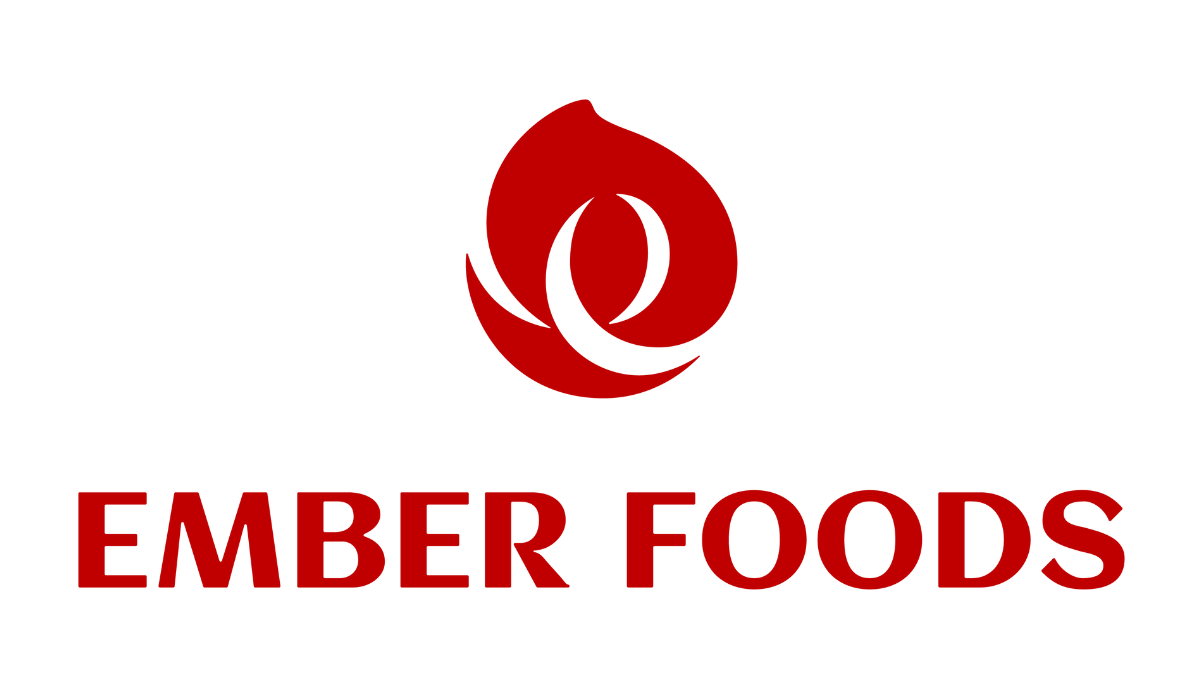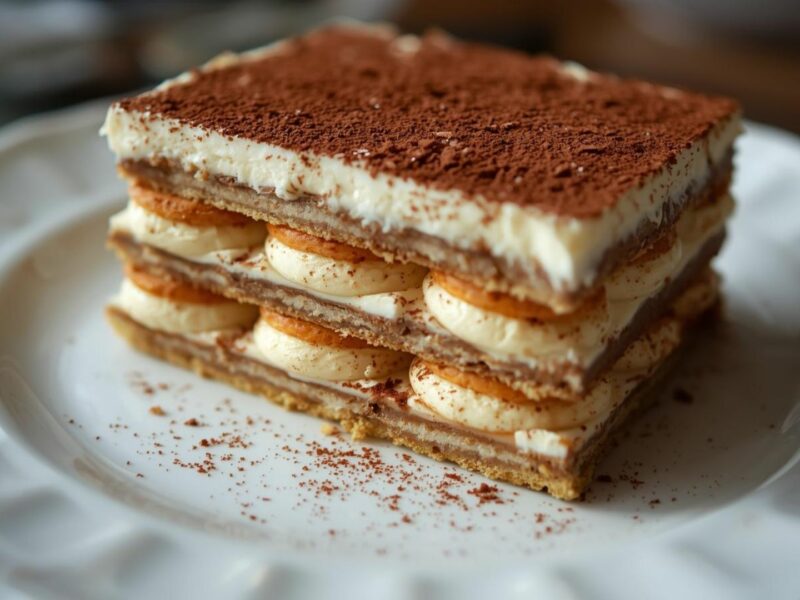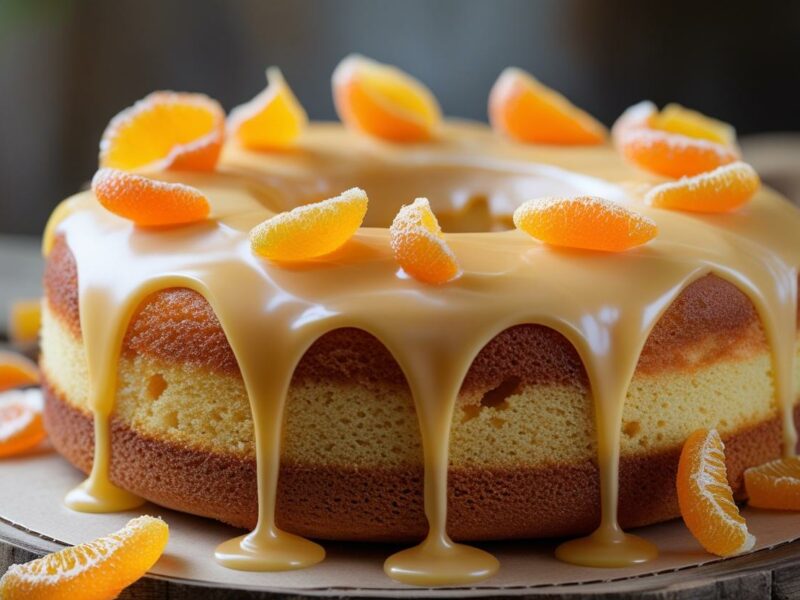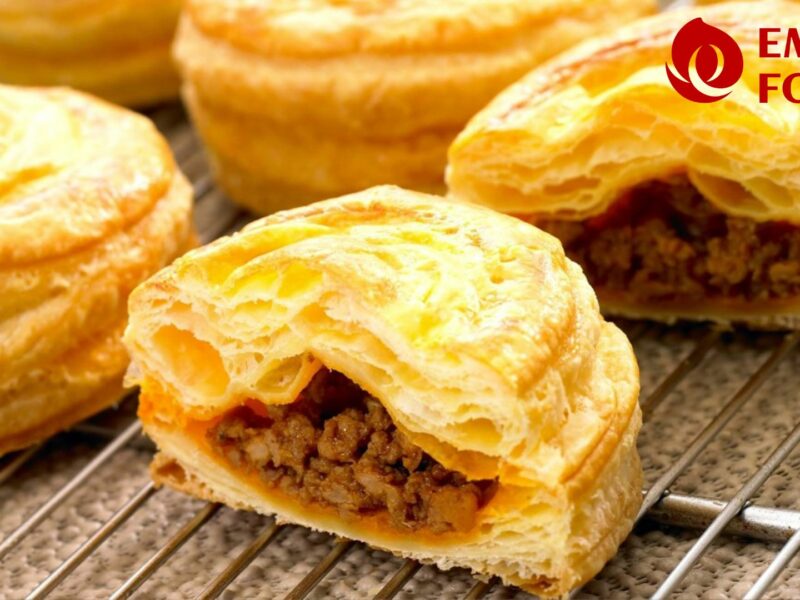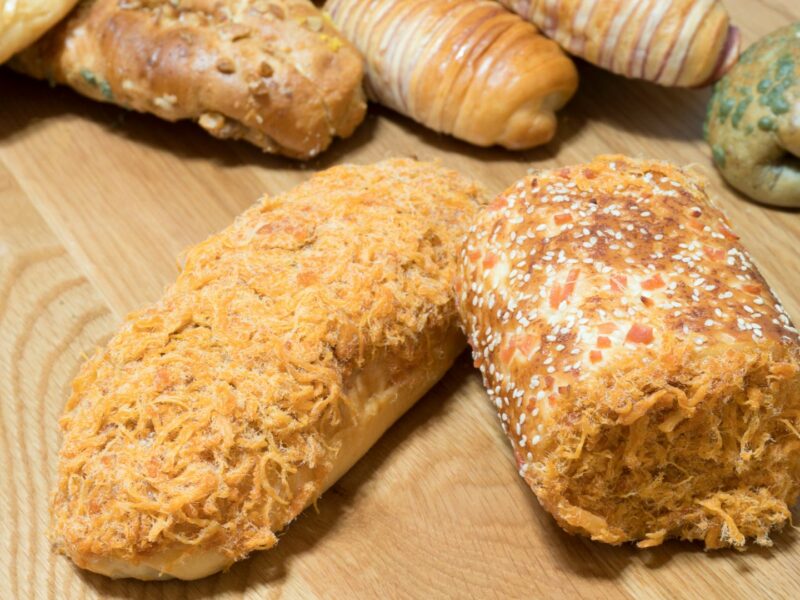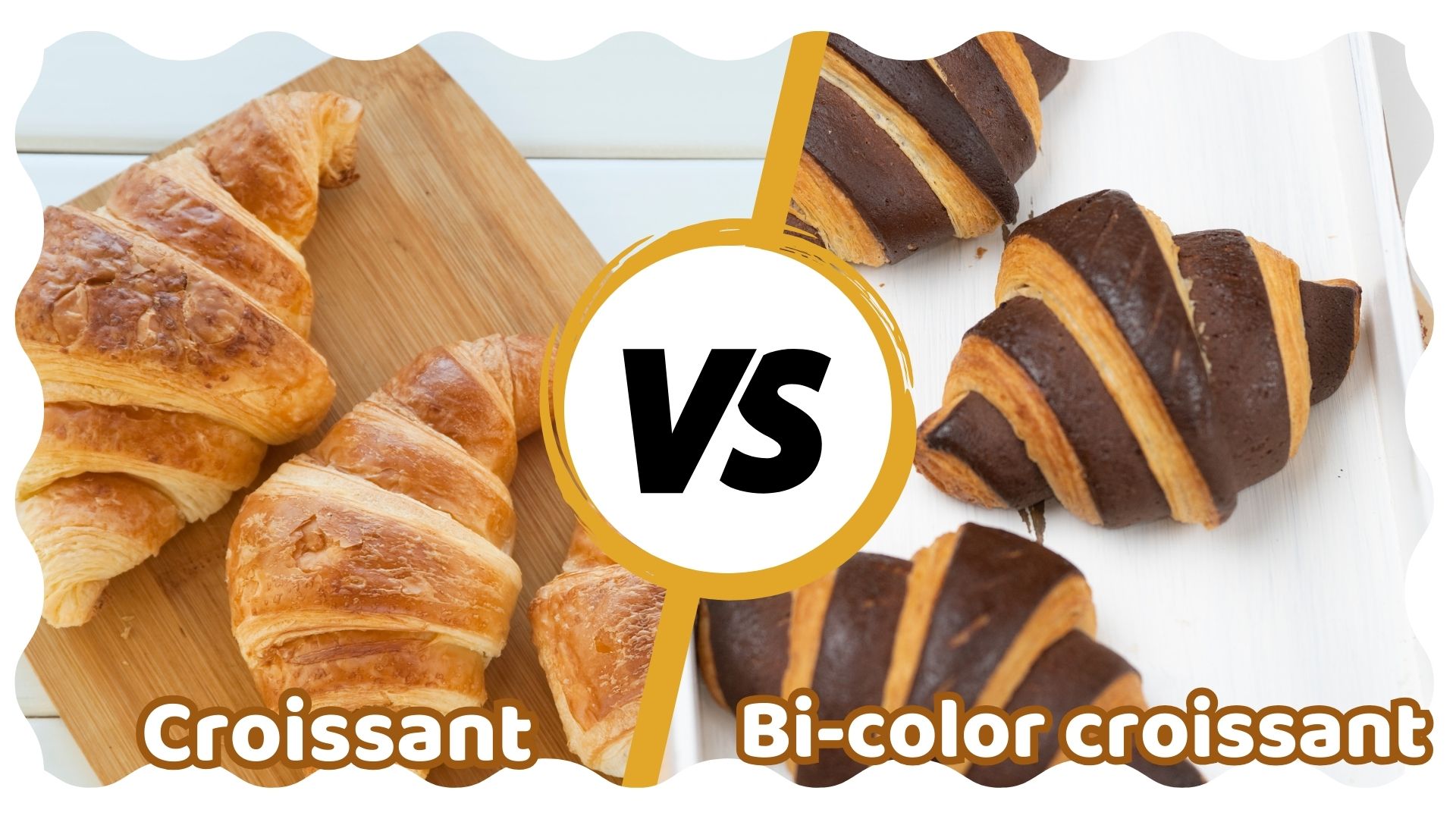
Comparison between Croissant and Bi-color Croissant
Croissant and bi-color croissant are two familiar names among sweet pastries. While they share similarities, they offer completely different experiences. The choice between a croissant and a bi-color croissant depends on individual preferences and taste. Let’s compare these two pastries to highlight their unique differences.
What is a Croissant?
The croissant is a renowned French pastry beloved for its delicious taste and unique texture. Shaped like a crescent, the croissant consists of multiple thin layers of dough interwoven with butter, creating a crispy exterior and a soft, fluffy interior.
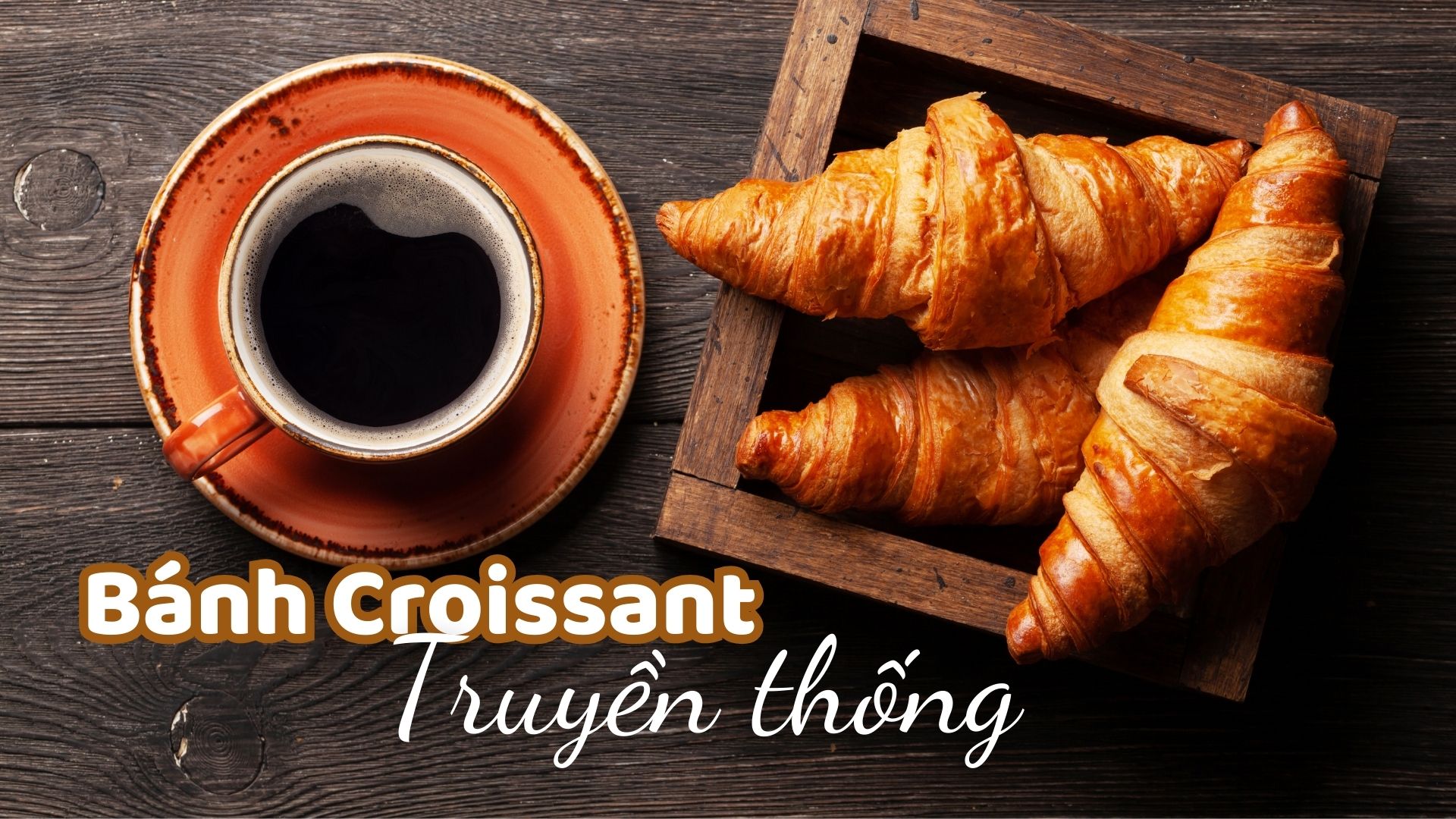
To achieve its signature golden crust and rich buttery flavor, the laminating technique is used — a process of folding and rolling the dough multiple times. Key ingredients include flour, butter, eggs, milk, sugar, and yeast. Making a croissant is a meticulous process requiring careful attention, from mixing and layering the dough to proofing and baking it at the right temperature.
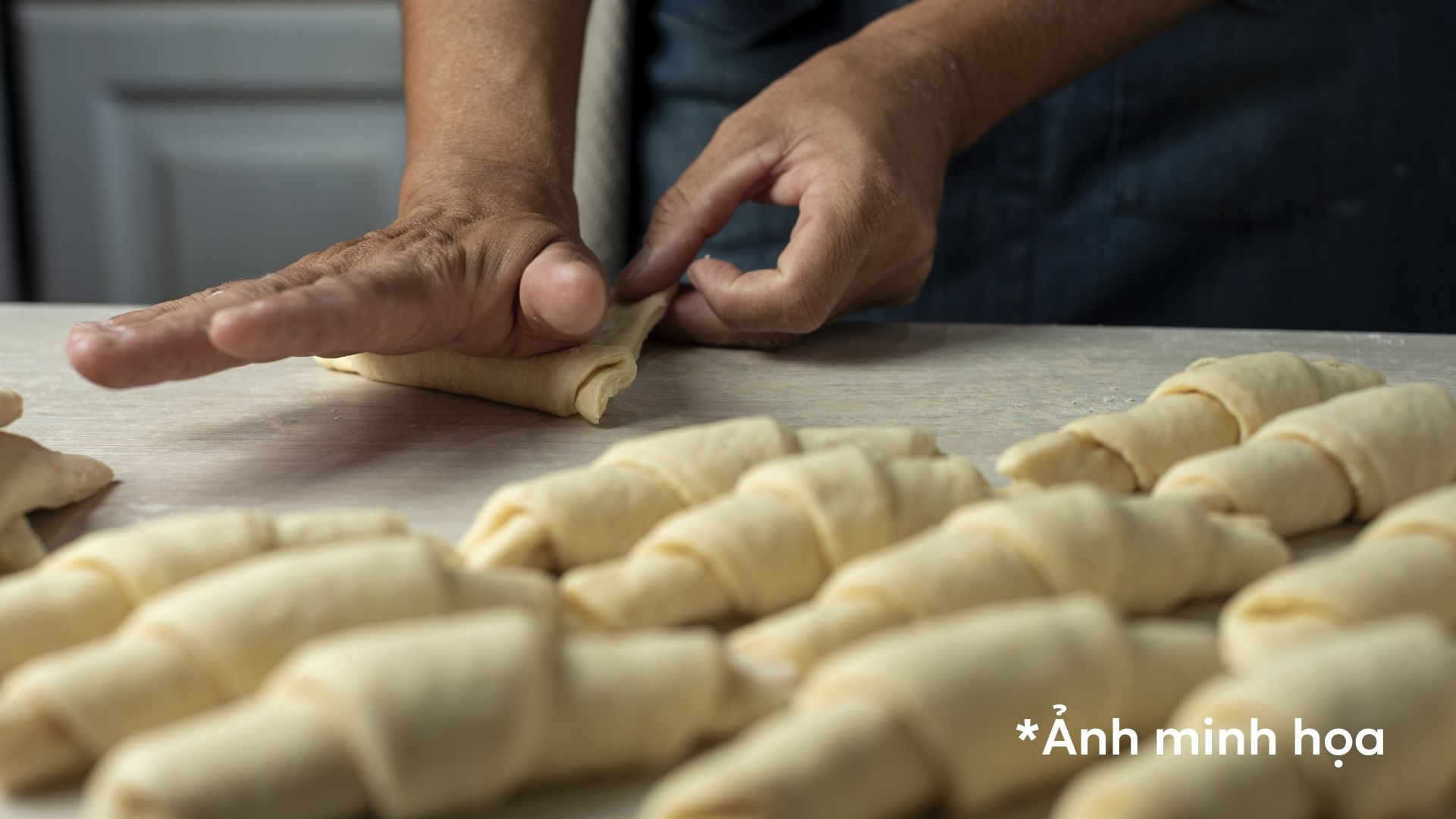
What is a Bi-color Croissant?
The bi-color croissant is a creative twist on the traditional croissant. Its standout feature is the dual-color contrasting crust. To achieve this visual effect, the dough is divided into two portions, each dyed with a different color, and then combined proportionally.
The laminating technique is still applied to create thin layers of dough and butter. However, with its unique color combination, the bi-color croissant boasts a distinctive appearance.
In terms of flavor, the bi-color croissant retains the classic buttery taste of the traditional version but is often enhanced with various fillings such as chocolate, fruit, or nuts, adding extra layers of flavor.
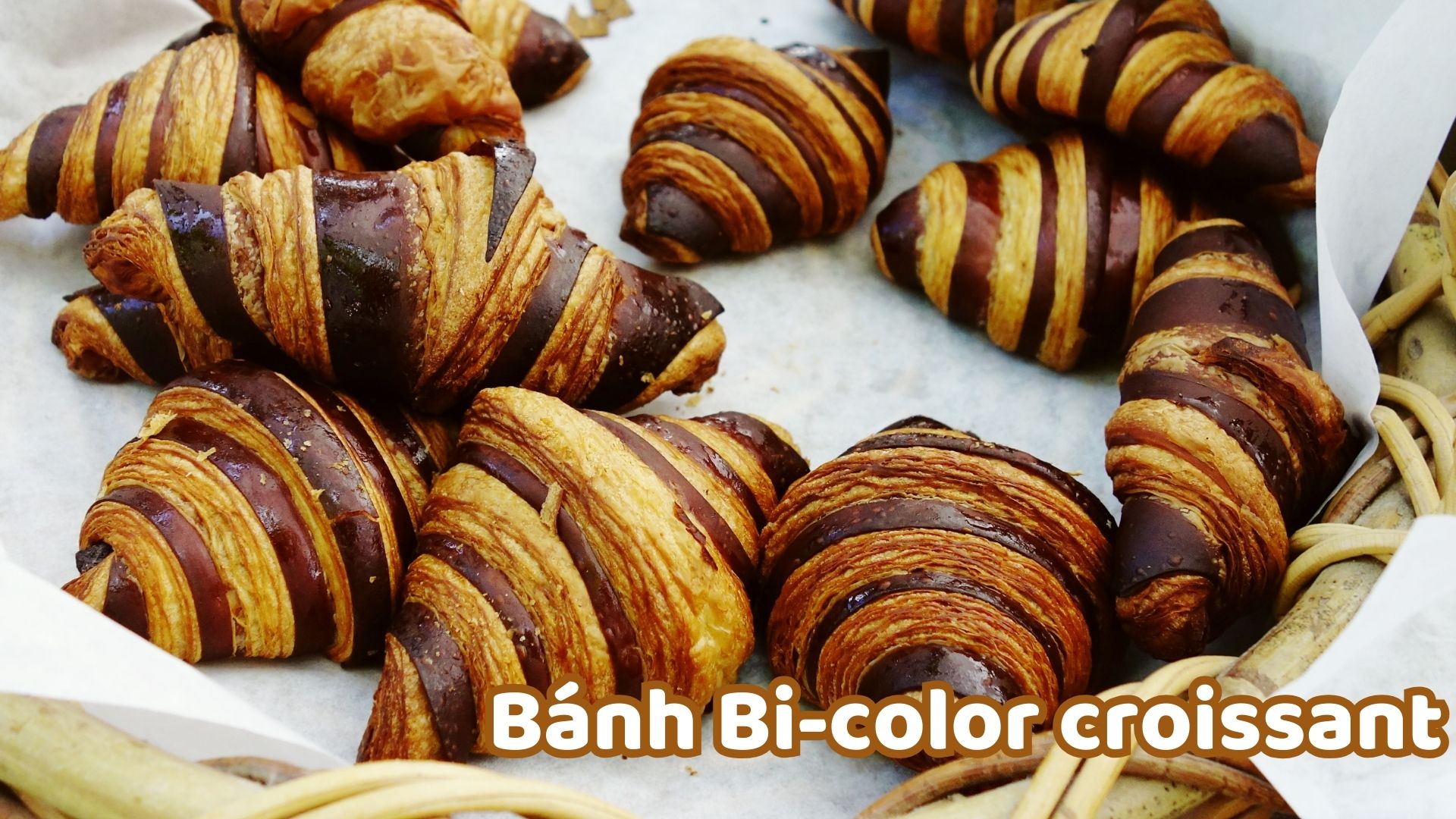
How do Croissants and Bi-color Croissants differ?
Both traditional croissants and bi-color croissants are iconic examples of French pastry art, highly praised for their flavor and structure. However, they have unique characteristics that contribute to the diversity of the pastry world.
Comparison Table of Differences Between Croissant and Bi-color Croissant
| Features | Traditional Croissant | Bi-color Croissant |
| Appearance | Uniform golden-brown color | Contrasting, eye-catching colors |
| Preparation | Laminating technique: folding dough and butter multiple times | Laminating plus coloring and blending dough for visual effects |
| Flavor | Classic buttery flavor with mild sweetness | Buttery flavor with added fillings or food coloring flavors |
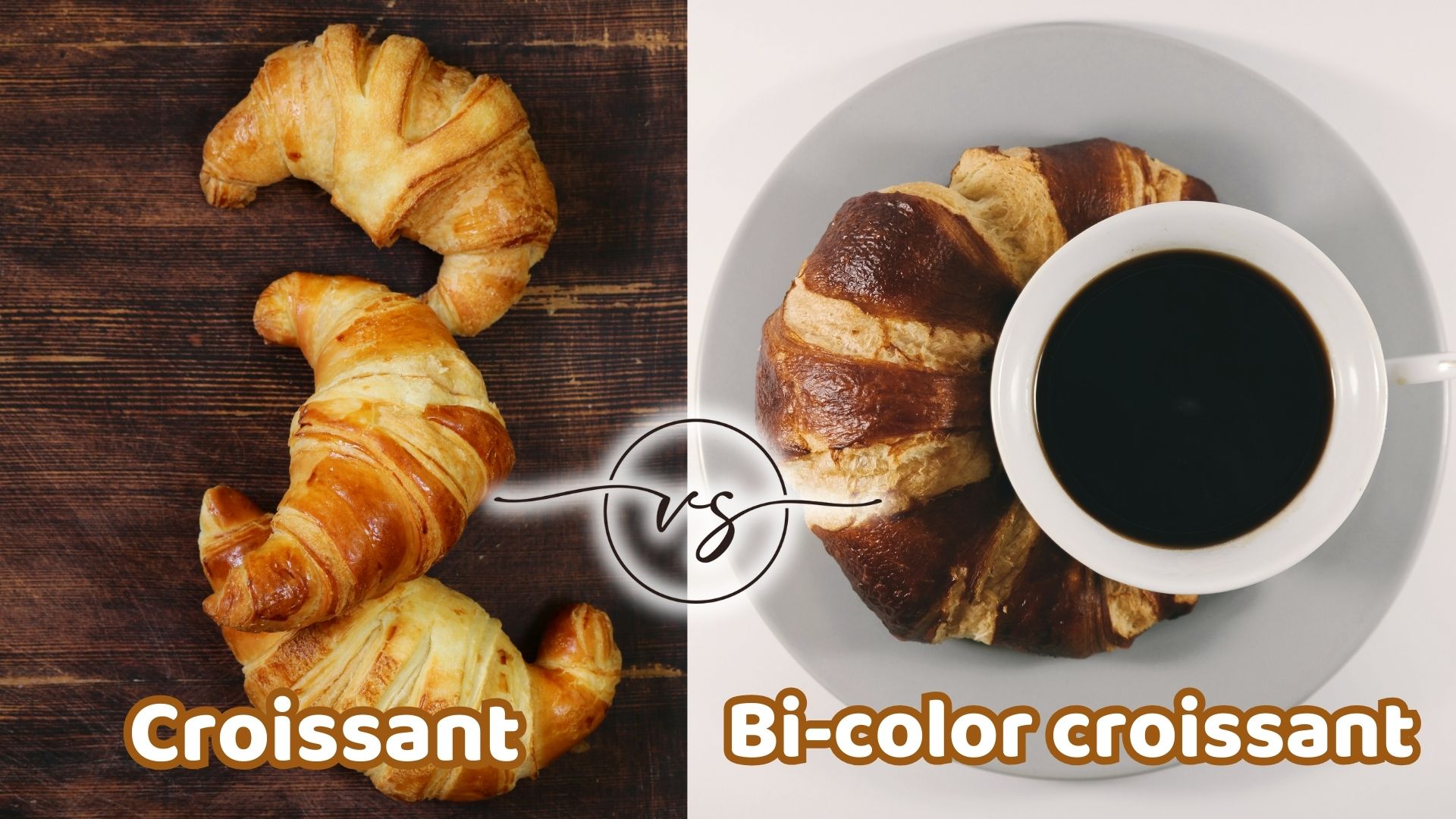
- Appearance: The traditional croissant features a simple golden-brown exterior, while the bi-color croissant captivates with its contrasting colors and visually striking effect.
- Preparation: Both pastries undergo the complex laminating process to create thin layers of dough and butter. However, making bi-color croissants involves an additional step of dividing, dyeing, and blending the dough, increasing the complexity and technique required.
- Flavor: The traditional croissant boasts a pure buttery flavor, whereas the bi-color croissant offers more versatility in flavor, thanks to the addition of unique fillings or colored dough.
Ember Foods Specializes in Croissants
At Ember Foods, we specialize in crafting delicious croissants. Besides the traditional version, we offer unique variations with fillings like cheese, chocolate, and more. Our products are available at competitive wholesale prices.
- Phone: 096.335.6008
- Email: trung.tran@emberfood.vn
- Address: D2-1, Lot A, N5B Street, Le Minh Xuan 3 Industrial Zone, Le Minh Xuan Commune, Binh Chanh District, Ho Chi Minh City, Vietnam
ĐĂNG KÝ NHẬN THÔNG TIN TƯ VẤN
